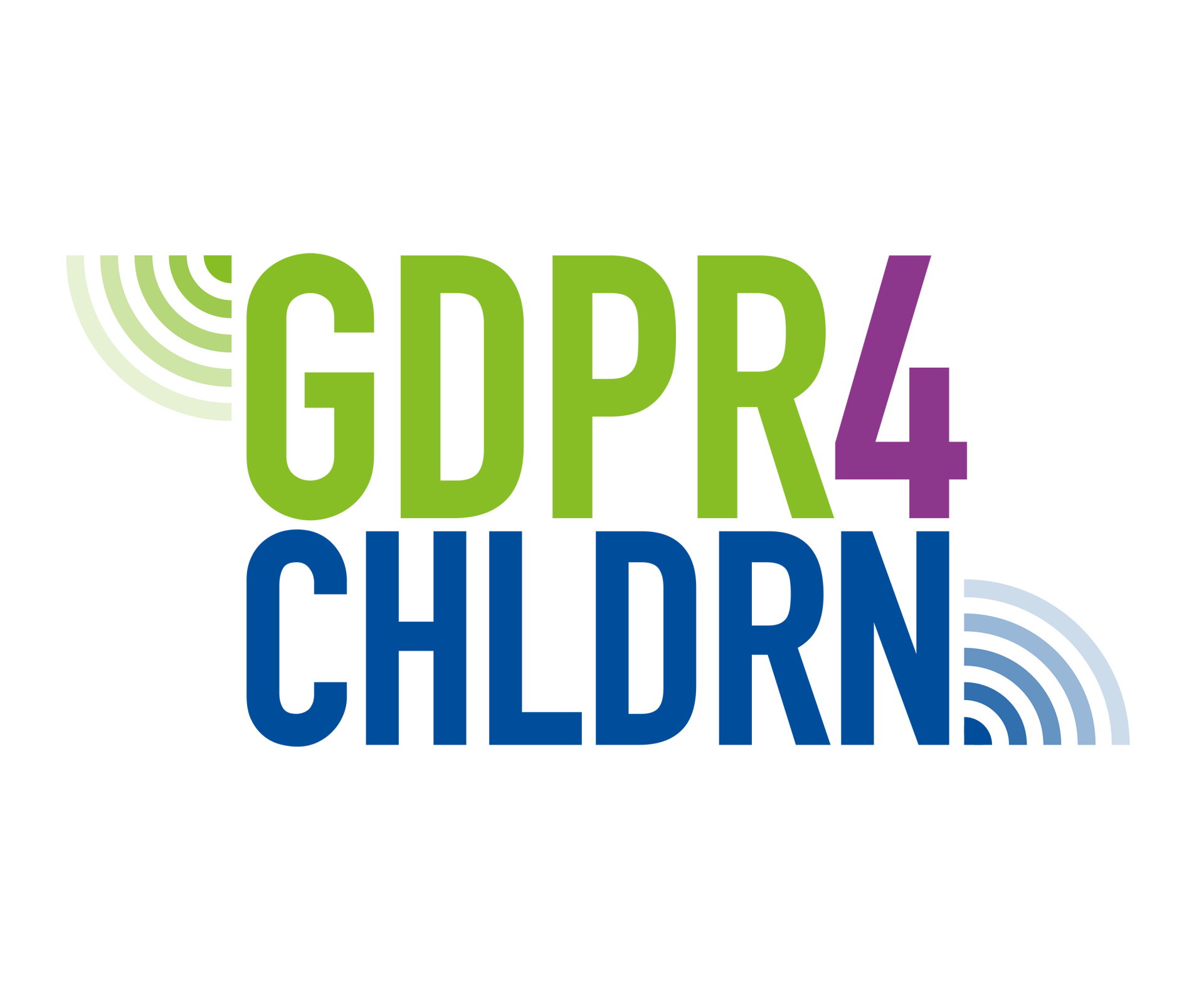8. Manage the life cycle of personal data from planning to collection, storage and erasure
The life cycle of personal data processing begins with the planning of processing and ends with the erasure or archiving of the data. Data protection must be taken into account in every stage of the life cycle.
When planning the processing of personal data, first determine the legal basis and purpose for the processing. At the same time, consider the principles of personal data processing, informing the data subject and fulfilling their rights, and measures to secure personal data. Conduct a risk assessment and draw up data protection documentation, such as a record of processing activities and a processing agreement. Also define the roles and responsibilities related to processing.
When collecting personal data, take data minimisation and accuracy into account. When using personal data, remember at least the principle of purpose limitation, access rights management, and the requirements related to the disclosure of data.
When storing personal data, you need to pay attention to the storage location and the necessary technical safeguards. When the storage period of personal data expires, the personal data must be erased securely and in accordance with the storage periods.
In hobby activities, it can be useful to define processes for at least the following situations related to processing:
- fulfilling the rights of the data subjects;
- detecting personal data breaches and notifying the supervisory authority and data subjects of them;
- data protection impact assessments and agreeing on processing in connection with new acquisitions;
- the collection of personal data: what data is collected and by whom, where it is stored, and when and how it is erased; and
- the erasure of personal data when someone quits the hobby: what do the various parties (coach/instructor, team manager, club employee) need to take into account.

